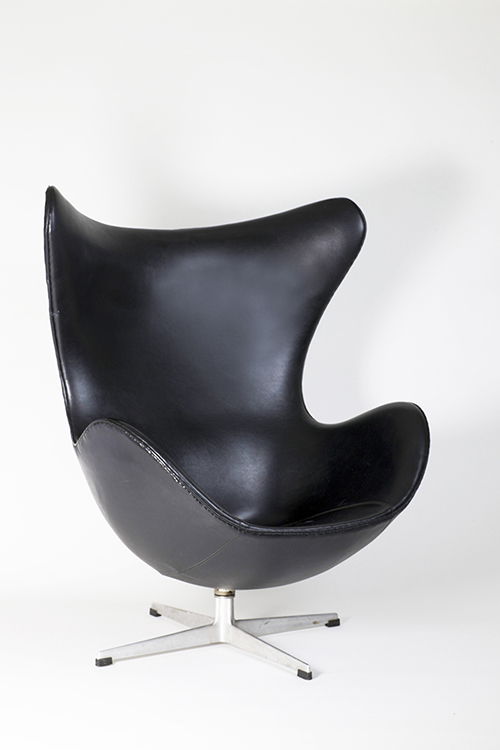
An Egg Chair, designed by Arne Jacobsen for the SAS Royal Hotel and beloved for over half a century, is on display at the Denmark: Design exhibit that covers the history of 20th century Danish design.
Simple. Chic. Practical. These three adjectives are often used to describe Northern European design, and go some toward explaining why people all around the world, not just art lovers or furniture collectors, like Northern European designs.
One of the homes of Northern European design is, of course, Denmark, and an exhibit of Danish design is going to open at the Hangaram Design Museum at the Seoul Arts Center on Sept. 10, Denmark: Design.
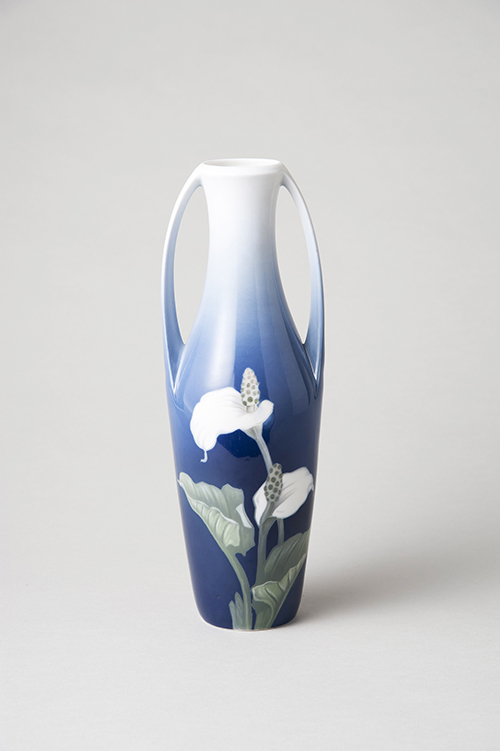
A vase with handles and pictures of skunk cabbage flowers is a product of Royal Copenhagen, one of the most renowned Danish manufacturers of china and porcelain goods.
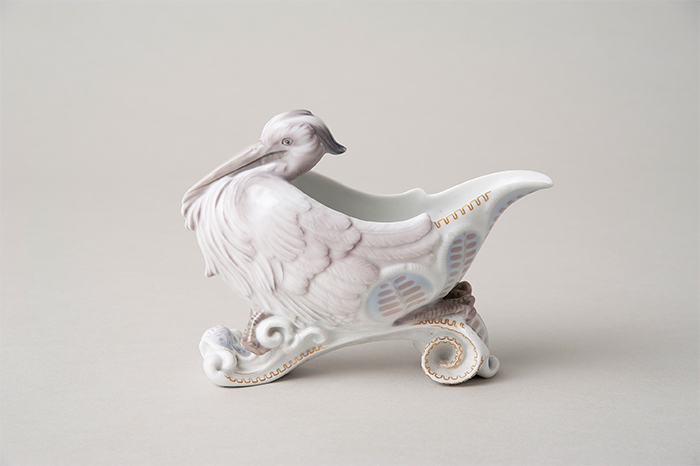
A sauce boat is produced by Bing & Grondahl. The china company was established in 1853 and rose to global fame in the 1880s, competing with Royal Copenhagen, and merged with its competitor in 1987.
The Denmark: Design exhibit, organized in collaboration with Designmuseum Danmark in Copenhagen, presents the history of modern Danish design, especially before and after the middle of the 20th century when Danish design began to be recognized around the world.
Some 200 Danish art pieces are on display, from Royal Copenhagen's china to The Chair designed by Hans J. Wegner that is known as the chair in which then U.S. presidential candidate John. F Kennedy sat on a TV discussion in the 1960s. Table wares, chairs, toys, radios: things that are found so commonly in our day-to-day life can all be found in one exhibit.
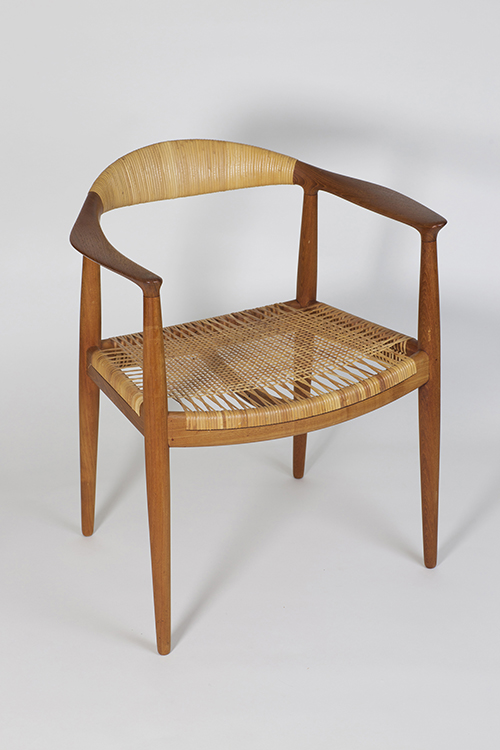
Hans J. Wegner's The Chair was renown globally when JFK sat in one on air during a live debate with Richard Nixon. That chair is on display at the Denmark: Design exhibit, along with art works by great furniture designers of the 20th century.
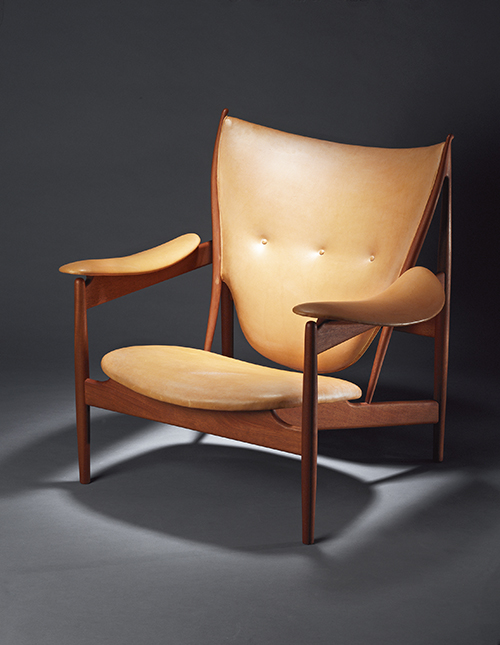
Finn Juhl, designer of the Chieftains Chair, said that, 'A chair is not just a product of decorative art in space. It is a form and a space in and of itself.'
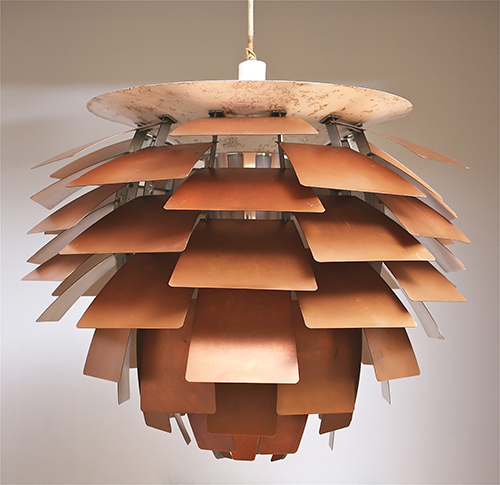
The Artichoke Lamp by Poul Henningsen is one of the most representative works by the designer who is known for his lamp shades with several layers.
The exhibit also has on display many pieces by famous Danish designers who were active around the middle of the 20th century, including the Egg Chair by Arne Jacobsen and the Artichoke Lamp by Poul Henningsen.
Alongside the legendary furniture designs, products from contemporary Danish companies, like the building block company Lego and the premium speaker manufacturer Bang & Olufsen, are taking part in the exhibit.
The exhibit conveys the philosophy found throughout Danish design, that "design can change one's day-to-day life and society," the Seoul Arts Center explained. "Even the Danish lifestyle, not following the trends but pursuing timeless value, might be able to find form in the famous Danish designs that have been reproduced and beloved for over a half century," the SAC said.
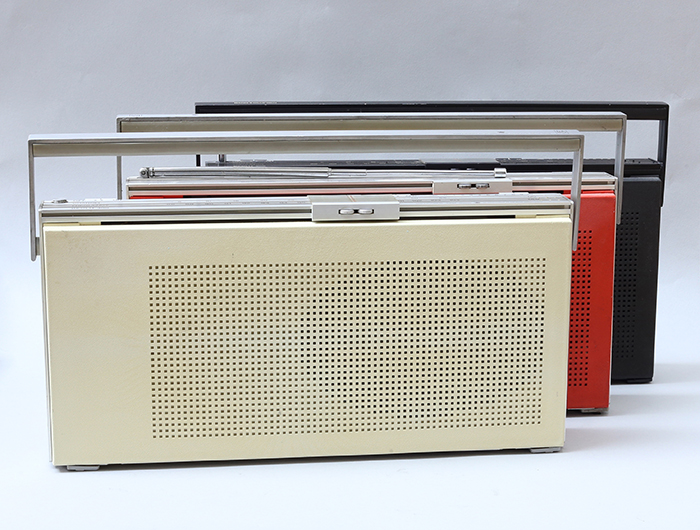
The Beolit 600 is a portable radio designed by Jacob Jensen and is one of the earliest items produced by Bang & Olufsen.
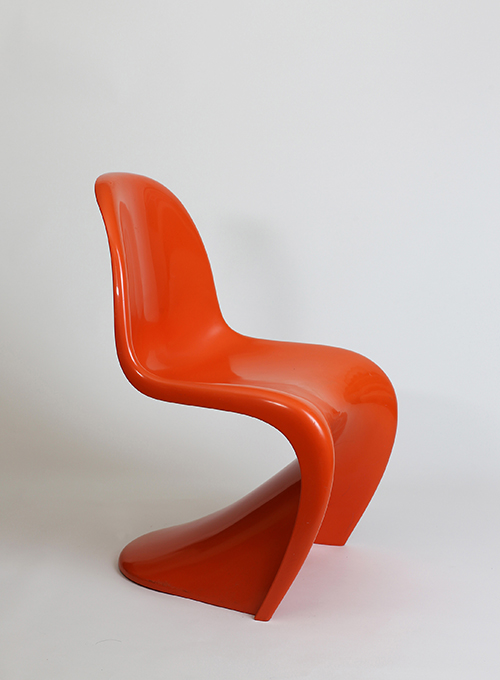
The Panton Chair is a signature piece designed by Verner Panton. Panton, for the first time, was able to make a chair without legs and shell chairs that don't require any additional assembly.
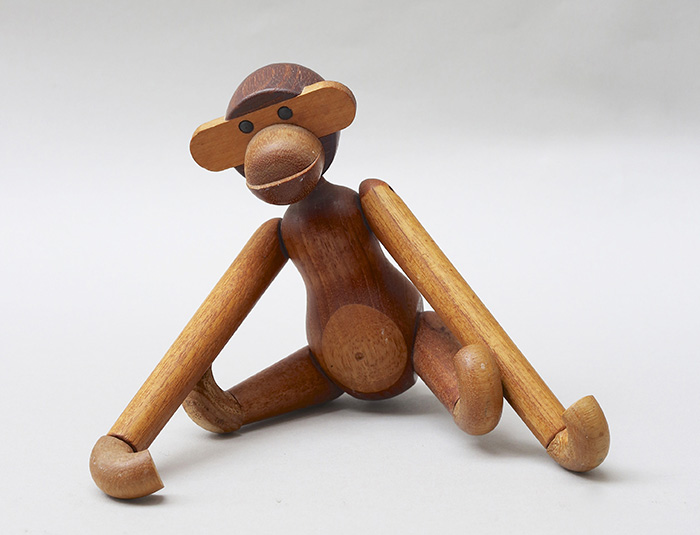
A wooden monkey is made by Kaj Bojessen. His wooden animals, with moving arms and legs, are now considered some of the most representative items of Northern European modern design.
The Denmark: Design exhibit will continue until Nov. 20. The museum is closed on the last Monday of each month.
By Chang Iou-chung
Korea.net Staff Writer
Photos: Seoul Arts Center
icchang@korea.kr

Denmark: Design will continue until Nov. 20 at the Hangaram Design Museum at the Seoul Arts Center.